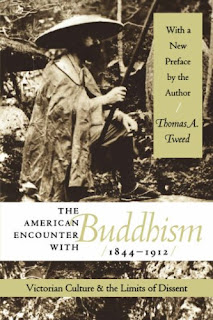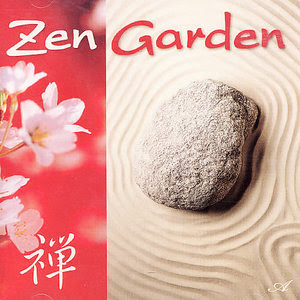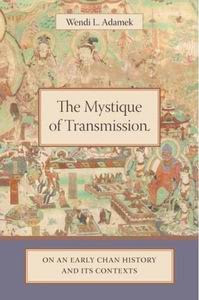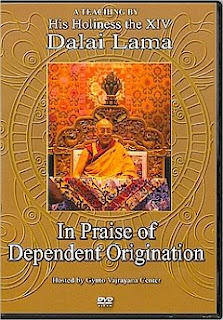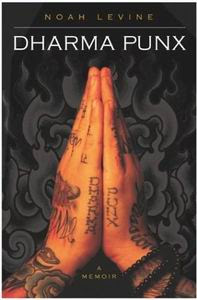 Dharma Punx: A Memoir - Noah Levine
Dharma Punx: A Memoir - Noah LevineFueled by the music of revolution, anger, fear, and despair, we dyed our hair or shaved our heads ... Eating acid like it was candy and chasing speed with cheap vodka, smoking truckloads of weed, all in a vain attempt to get numb and stay numb.
This is the story of a young man and a generation of angry youths who rebelled against their parents and the unfulfilled promise of the sixties. As with many self-destructive kids, Noah Levine's search for meaning led him first to punk rock, drugs, drinking, and dissatisfaction. But the search didn't end there. Having clearly seen the uselessness of drugs and violence, Noah looked for positive ways to channel his rebellion against what he saw as the lies of society. Fueled by his anger at so much injustice and suffering, Levine now uses that energy and the practice of Buddhism to awaken his natural wisdom and compassion.
While Levine comes to embrace the same spiritual tradition as his father, bestselling author Stephen Levine, he finds his most authentic expression in connecting the seemingly opposed worlds of punk and Buddhism. As Noah Levine delved deeper into Buddhism, he chose not to reject the punk scene, instead integrating the two worlds as a catalyst for transformation. Ultimately, this is an inspiring story about maturing, and how a hostile and lost generation is finally finding its footing. This provocative report takes us deep inside the punk scene and moves from anger, rebellion, and self-destruction, to health, service to others, and genuine spiritual growth.
"Buddhism and punk rock," writes former skate punk, drug addict, and petty thief and current Buddhist meditation instructor Noah Levine in his memoir Dharma Punx, "obviously have some huge differences." No argument there. "But," he continues, "for me they are both part of a single thread that has been stitched through every aspect of my life." Judging by Levine's childhood, it's amazing there's any salvageable material with which to stitch. He was suicidal at age five, smoking pot and drinking beer while crashing headlong into the Bay Area punk scene by the 8th grade, and in and out of jail as a wayward teen who stole VCRs from neighbors to finance a crack habit. After he hit bottom and embraced a Buddhist path similar to that endorsed by his father, author Stephen Levine, the trappings of his previous life were largely rejected. Except for the punk rock, which Levine channeled into a Buddhist worldview. The firs! t section of the book is harrowing as Levine details his descent into addiction and does so with a simple matter-of-fact approach that makes his tale all the more compelling. Levine is a potent central character, always sympathetic even when he's neither likable nor completely forgivable. Later sections lack the same impact and consist largely of travelogues of the author's journeys around the world in search of spiritual satisfaction along with attempts to reconcile the disparate worlds of punk and Buddhism. Nonetheless, it is satisfying to see Levine return to the juvenile halls where he was once incarcerated, this time as a counselor. While there is nothing especially unique about the literary genre of reformed addict memoir, it's a genre that rarely involves punk rockers or Buddhists. Levine's unique and skillfully related journey will appeal to punks, Buddhists, and anyone interested in the idea of redemption.
Uploading.com
Uploadbox.com
DepositFiles.com

